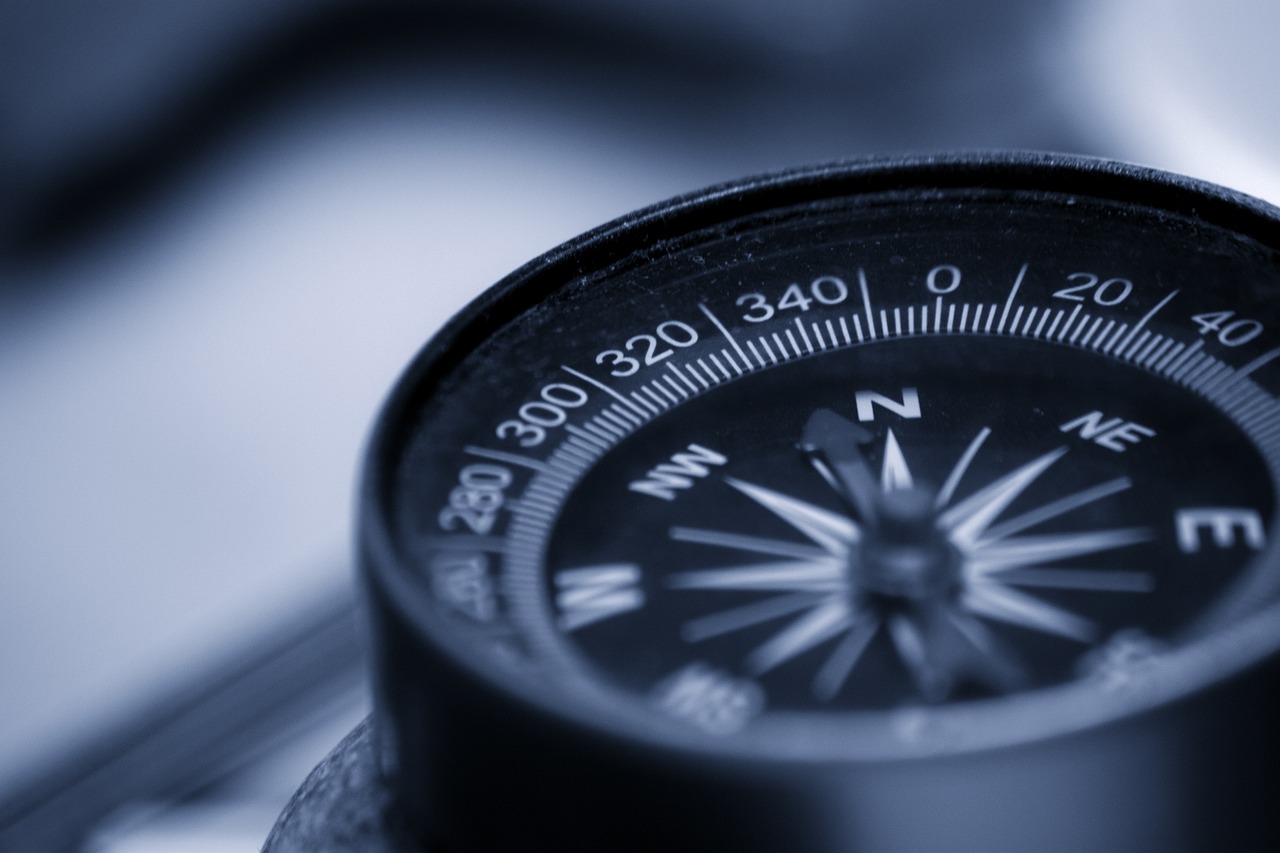Blockchain and Agriculture: Industrial IoT’s Secure Approach to Food Traceability
When consumer demand for transparency and food safety is paramount, the agriculture industry is turning to cutting-edge technologies to ensure the integrity of the food supply chain. The combination of blockchain and Industrial Internet of Things (IIoT) is emerging as a powerful solution for food traceability.
The Need for Enhanced Food Traceability
Food traceability has become increasingly critical due to:
- Rising consumer demand for transparency in food sourcing
- Stringent food safety regulations
- The need to quickly identify and isolate contaminated products
- Increasing complexity of global food supply chains
Blockchain and IIoT: A Powerful Combination
Blockchain technology provides a secure, immutable ledger for tracking transactions, while IIoT devices offer real-time data collection and monitoring. Together, they create a robust system for food traceability.
How It Works:
- Data Collection
IIoT sensors collect data at every stage of the food supply chain, from farm to table. - Data Recording
This information is recorded on a blockchain, creating an unchangeable record of the product’s journey. - Smart Contracts
Blockchain-based smart contracts automate processes and ensure compliance with predefined conditions. - Real-time Tracking
Stakeholders can access real-time information about the product’s location and condition. - Immutable Records
The blockchain provides a tamper-proof history of the product, enhancing trust and transparency.
Key Benefits of Blockchain and IIoT in Agriculture
1. Enhanced Food Safety
- Rapid identification of contamination sources
- Quick and targeted product recalls
- Reduction in foodborne illness outbreaks
2. Increased Supply Chain Efficiency
- Real-time visibility into inventory levels
- Optimized logistics and reduced waste
- Automated compliance with regulations
3. Consumer Trust and Brand Loyalty
- Transparency in food sourcing and production methods
- Ability to verify claims (e.g., organic, fair trade)
- Enhanced consumer confidence in food quality
4. Fraud Prevention
- Reduction in counterfeit products
- Verification of product origin and authenticity
- Protection of brand reputation
5. Sustainable Practices
- Tracking of environmental impact throughout the supply chain
- Incentivizing sustainable farming practices
- Reduction in food waste through better inventory management
Real-World Applications
Several companies and organizations are already leveraging blockchain and IIoT for food traceability:
- Walmart’s Food Traceability Initiative
Walmart implemented a blockchain-based system that reduced the time to trace mangoes from 7 days to 2.2 seconds. - IBM Food Trust
A collaborative network that connects growers, processors, distributors, and retailers through a permissioned blockchain network. - BeefChain
A Wyoming-based company using blockchain and RFID tags to verify the origin and quality of beef products.
Challenges and Considerations
While the potential is significant, there are challenges to overcome:
- Technology Adoption
Many farmers and small-scale producers may lack the resources or knowledge to implement these technologies. - Data Standardization
Ensuring all parties in the supply chain use compatible data formats and protocols. - Privacy Concerns
Balancing transparency with the need to protect sensitive business information. - Scalability
Ensuring blockchain networks can handle the vast amount of data generated by IIoT devices. - Regulatory Compliance
Navigating varying regulations across different regions and countries.
Strategies for Successful Implementation
To leverage blockchain and IIoT effectively in agriculture, stakeholders should consider:
- Collaborative Approach
Engage all participants in the supply chain to ensure widespread adoption. - Start Small, Scale Up
Begin with pilot projects to demonstrate value before expanding. - Education and Training
Invest in training programs to help farmers and other stakeholders understand and use the technology. - Focus on Interoperability
Ensure systems can communicate with existing technologies and platforms. - Prioritize User Experience
Develop intuitive interfaces that make it easy for all users to interact with the system.
The Future of Food Traceability
As blockchain and IIoT technologies mature, we can expect to see:
- Integration with other emerging technologies like AI and machine learning
- Development of global standards for food traceability
- Increased consumer engagement through product-specific apps and QR codes
- Expansion into other areas of agriculture, such as crop insurance and supply chain financing
A Recipe for Trust and Efficiency
The combination of blockchain and Industrial IoT in agriculture represents a significant step forward in food traceability. By providing a secure, transparent, and efficient way to track food from farm to table, these technologies are not just enhancing food safety—they’re rebuilding consumer trust in the food system.
For agribusinesses, food manufacturers, and retailers, embracing these technologies is becoming less of an option and more of a necessity. As consumers continue to demand greater transparency and governments tighten food safety regulations, blockchain and IIoT offer a recipe for success in the modern food industry.
The future of agriculture is digital, decentralized, and data-driven. By leveraging the power of blockchain and IIoT, the industry can ensure not just the safety of our food, but the sustainability of our agricultural practices for generations to come.









